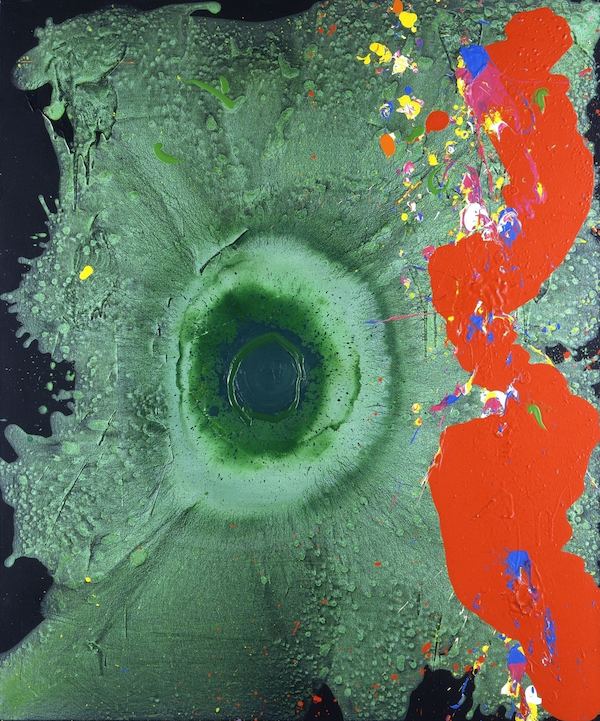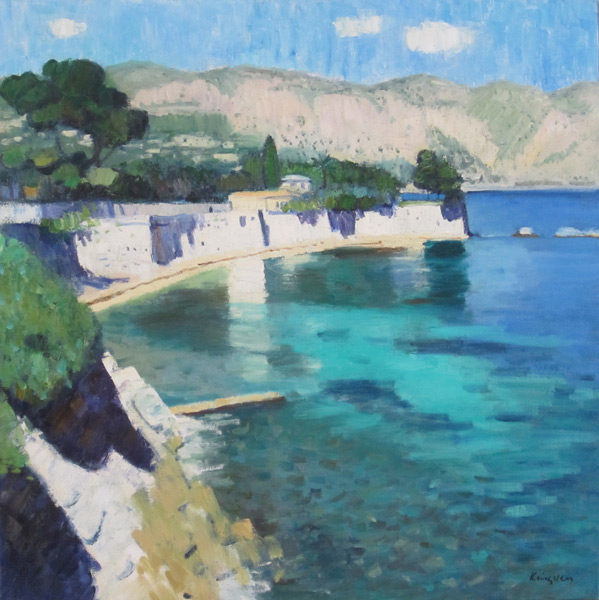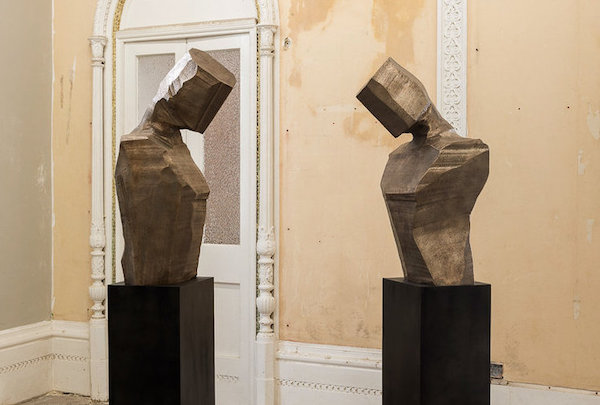Building an art collection can bring huge enjoyment and pride for a lifetime. When done well it can be one of the most satisfying, creative and lucrative ways you can invest. Yet, like most worthwhile pursuits, it has complications and considerations, not least the volume of cowboys who may try to sell you what they want to sell rather what would make sense for you to buy. Here are a few simple yet smart ways to avoid the pitfalls.
Buying vs. Collecting
Collecting is not necessarily synonymous with buying art, however the general approaches to either are very similar. A collection could be a diverse range of styles and artists, yet connected thematically, or a commitment to an artist’s evolving work over a career. You may collect Oceanic art, or Postminimilism, Paul Klee or marble sculptors for example. While buying art is slightly broader, it is still best to think cohesively. You may buy multiple materials, artists and styles, yet all should fit together aesthetically in your home.

Ask yourself why
There are two primary reasons for buying, the pure joy of owning the work, or for investment return. Most people’s motivations lie somewhere between these two positions. Your motivations may change over time, however it is always useful to return to the question when deciding on a potential purchase.
If buying solely for the love of the work, with no concern over value appreciation or retention then you can skip on to the next tip. If buying for investment, consider your timescales, risk profiles and budget limits. Up and coming artists generally have a lower entry price but higher risk attached. Or you may choose to invest in more established artists who tend to be more expensive but have a better pricing history. Blue chip artists are more expensive again, though usually bring lower risk and greater liquidity as a broad market of collectors already exists.

Have a space in mind
Ask yourself what you are trying to achieve with artwork in the intended position, consider lighting and how you would install. The “where” is almost as important as the “what”. Consider the scale of the wall, if it is a large painting is there room to stand back and see the whole work? A more restricted space might only permit the viewer to see the art from up close – which may be powerful. A sculpture turned to a certain angle forces the viewer to stand in an exact spot and look in a specific direction, perhaps to highlight a favourite vista. A calming composition may work best in your bedroom, a controversial piece may provoke debate at a dinner party. Our clients often appreciate our ability to model their home in 3D and digitally imagine the proposed artwork inside, to see how it could look in situ before they buy.
Understand your tastes
The starting point of any collection is your own personal taste, and the way to refine this is through a process of introspection. When you see a piece you love try and ask yourself why. What drew you to it? Perhaps it reminds you of a time of your life, or the subject remains stuck in your mind days later. Maybe you hate it, which just as useful if you ask yourself why. This approach will help you build a collection that has a unifying perspective – your own. Art is everywhere, both good and bad – in public spaces, at friends’ houses, in film. If something grabs you take a quick photo for later to reflect privately upon. Art should be something that brings you pleasure so understand your preferences. There are no wrong choices.
Take it one step at a time
Starting a collection is fun and it will grow organically over time. Don’t try to be too prescriptive as your tastes will adapt. Buy one piece that you love and then live with it for a while. Do you still love it as much as you did one month later? You will learn invaluable lessons from these initial purchases and, as importantly, you will have started.

Seek advice
There is a vast amount of free information available. Ask friends and family who collect art. Go to exhibitions and chat to the curators, they are passionate people and will love discussing something they have worked on, so ask any questions you may have and you will learn a surprising amount. Do not be afraid to ask seemingly silly questions – the art world is full of jargon that needs deciphering. Decent art advisers are also a good option, a good one will take in as much information as you can provide, from other work you like or own, your budget, reasons for buying etc. They may also have a more direct route to an artist, without the higher cost base of traditional galleries, which can lead to benefits during negotiation. There may be upcoming exhibitions that are not yet public knowledge, these tend to lift prices and they will often have advanced notice that can help your selection.
Consider the practicalities
Start keeping records of your collection – where you bought it and for how much, the sales histories or certificates of authenticity. Provenance is key to preserving value. How to display and prevent damage to your art is also important: direct sunshine can bleach paintings, questions whether small can children reach the artwork, for example. How to install larger works can take some thought and eat into your budget. Sensible insurance cover is really key, so consider speaking with a specialist as well as your existing broker.
Living with art is a wonderful privilege available to all, a creative and endless hobby that can generate conversation, a profit, provide a creative outlet, as well as acting as a shorthand for your broader tastes to those who visit you. If we can be of assistance, then do get in touch.
ABOUT THE AUTHOR
Oliver Hawkins is a Director at Marshall Murray, an art advisory with years of experience in the curation of artwork for private collections, corporate collectors and design professionals. For further information he can be contacted via enquiries@marshallmurray.co.uk
Read also: Art and wellness, a new approach to curation by Oliver Hawkins
[ihc-hide-content ihc_mb_type=”show” ihc_mb_who=”2″ ihc_mb_template=”1″ ]Top picture: Jill Berelowitz’s ‘The Diver'[/ihc-hide-content]
